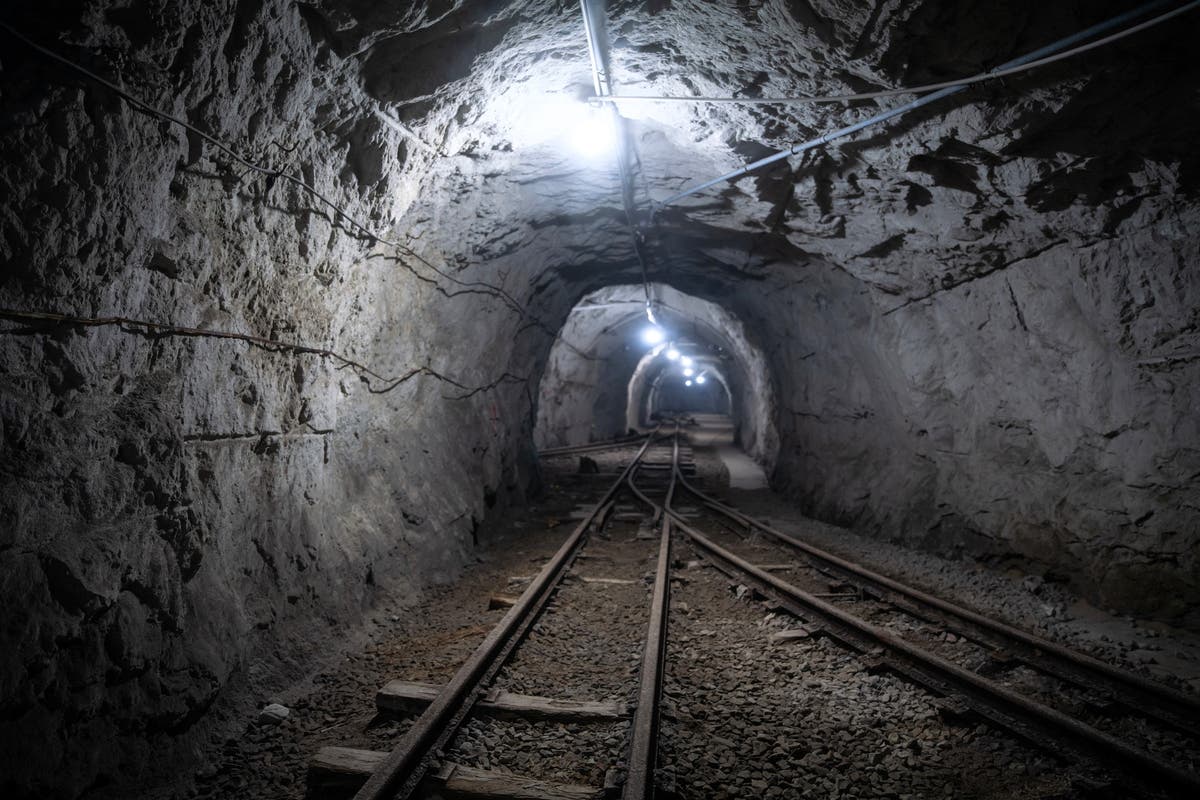An abandoned mine in Finland is set to be transformed into a giant battery to store renewable energy during periods of excess production.
The Pyhäsalmi Mine, roughly 450 kilometres north of Helsinki, is Europe’s deepest zinc and copper mine and holds the potential to store up to 2 MW of energy within its 1,400-metre-deep shafts.
The disused mine will be fitted with a gravity battery, which uses excess energy from renewable sources like solar and wind in order to lift a heavy weight. During periods of low production, the weight is released and used to power a turbine as it drops.



2nd paragraph and he’s already lost me. It would be nice if tech columnists had the equivalent of even a single semester of high school physics.
I googled
Pyhäsalmi Mine gravitricity "2 MW"and EVERY article covering this has also cited 2 MW.Now, under Occam’s Razor, what’s more likely:
I don’t know which one it is. But I’d generally lean against 1.
#2 is certainly food for thought. So the idea is that from a journalistic fact-checking point of view, it is more important to convey the information exactly as it was presented than to verify its accuracy?
This would explain why science/engineering-based articles are so commonly inaccurate or missing in critical details. The journalist can fall back on saying “I have a recording of an interview with the expert after we downed a few pints at the pub, and I’m just parroting back what he said. Don’t shoot the messenger!”
Just FYI, you need an escape backslant (\) preceeding the octothorpe (#) to not have your entire first paragraph bolded.
TIL that # is called an “octothorpe”. Thank you kind stranger.
Noted. Thanks!
I’d honestly prefer raw parroting in most cases, even if it’s “obviously” wrong. I don’t want people selectively interpreting the facts as have been conveyed to them, unless they’re prepared to do a proper peer review.
That’s what [sic] is for though. You fact check, and then leave the quote as the press release had it.
The problem is that most of these articles are basically reprinting of the press release without any editorial additions at all.
Then there’s the issue between scientific jargon that is different from general public use. A scientific theory has a specific definition, but it’s easy for general population to dismiss them as “just a theory”.
Or is all just LLMs summarising the same badly translated source.
Though btw, I also think it’s fascinating the difference if you look up
Pyhäsalmi Mine gravitricity "2 MW"vsPyhäsalmi Mine gravitricity "2MW"You’ll get different articles entirely
How many horsepower is your car’s gas tank?
Mistakes like this could be avoided if we just used joules for energy and watts for power.
Or just joules per second for power. Eliminate watts entirely. Dumbass unit
Well, Watts are just a different way to write Joules per second. The unit we should eliminate is {k,M}W.h which introduce a 3.6 factor in conversions to/from the regular unit system
These cursed time units remind me of the super messy imperial units. Unfortunately, the French revolution wasn’t able to fix that, but it did fix a whole lot of other nonsense.
My fave has gotta be kwh/yr/ft². I came across that while researching the lighting requirements for hydroponics.
Like Mach 1 and Mach 2?
It’s the independent 🤷♂️
That’s a miniscule amount compared to PSH facilities, whether it’s 2 MW capacity or 2 MWh storage.
It’s a cool concept but practically seems limited to niche applications due to the small capacity. Granted it is a prototype, but it also seems intuitive that pumping large amounts of water would be more efficient than moving solid blocks of heavy material for a gravity battery design.
My guess is that that number is simply completely wrong. Bo one would brag about a 2 MW generator or a 2 MWh grid storage.
The thing is, moving a rock up does not need a huge reservoir. You would only (more or less) need the vertical space
I was thinking that you would need increasingly beefy motors and cables/cranes as the size of the rocks scales. But for a reservoir, you could use the same pump over a longer period of time to store much more energy. It’s also easy to utilize a body of water with a volume much greater than the volume of a vertical cylinder.
They were actually planning pumped storage there earlier, with a claimed capacity of 530MWh https://yle.fi/a/3-12593341
Jiggawatts
Jay-z’s preferred unit of energy
deleted by creator